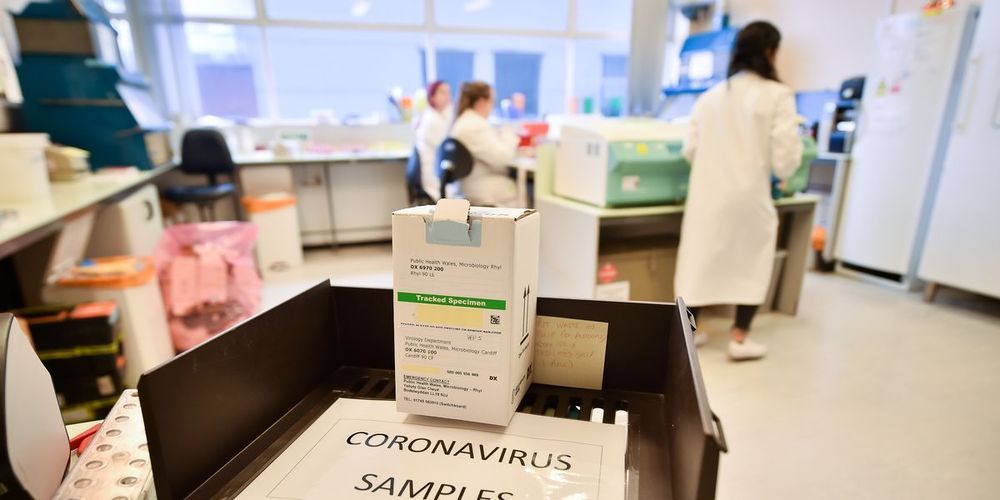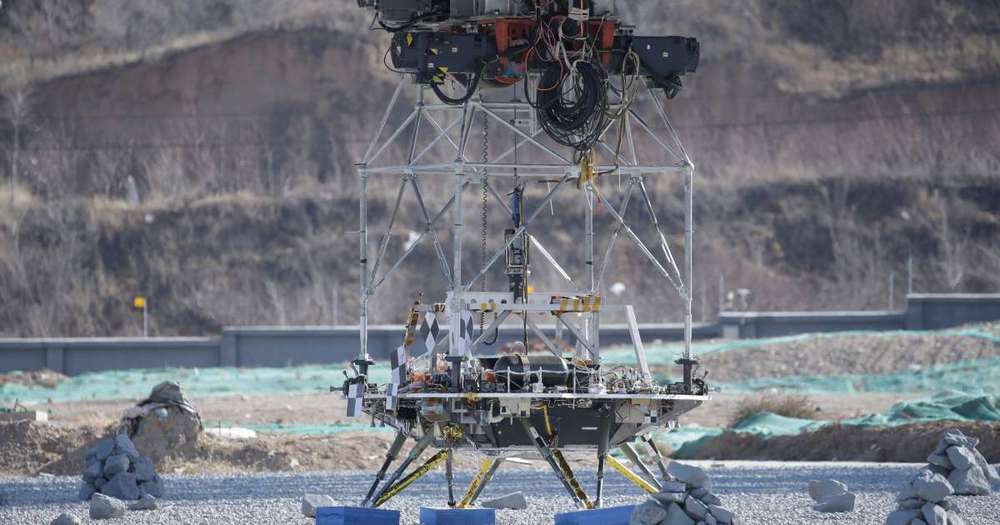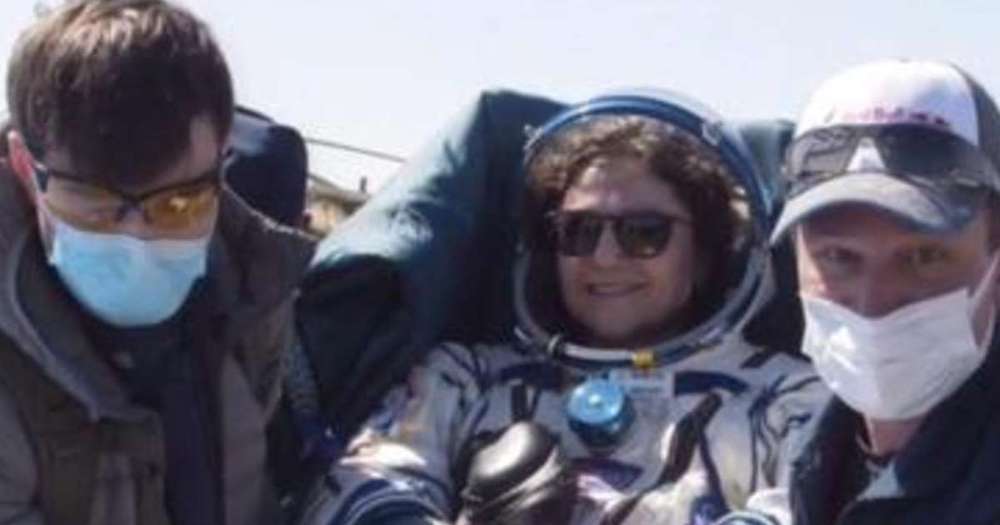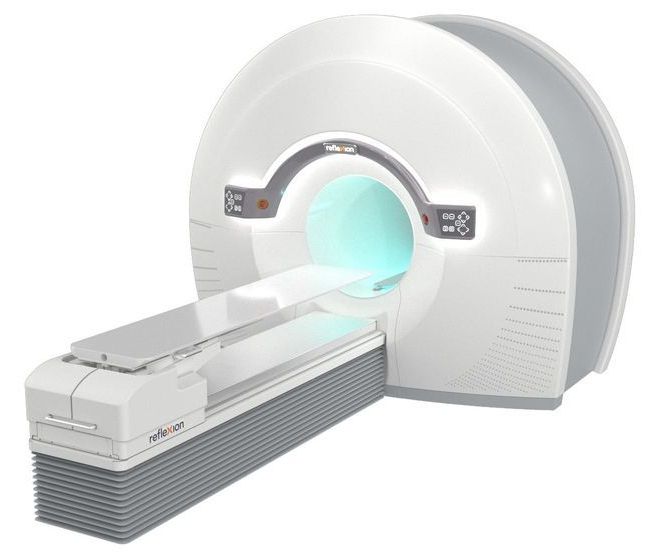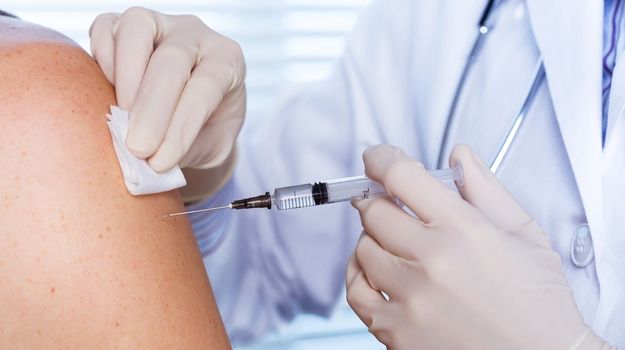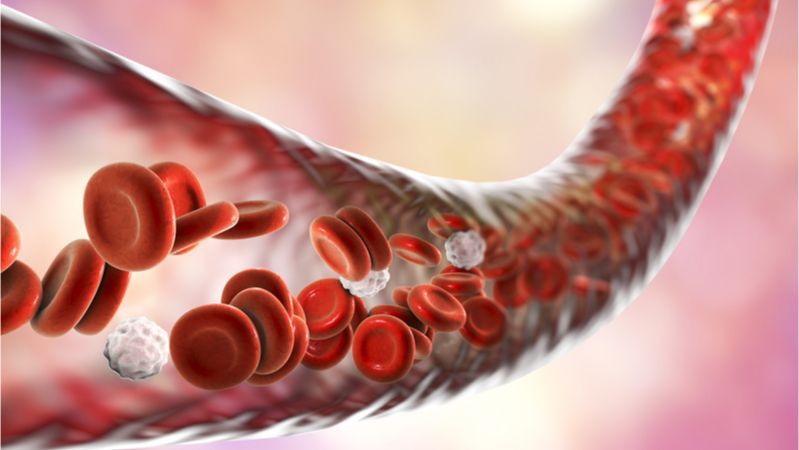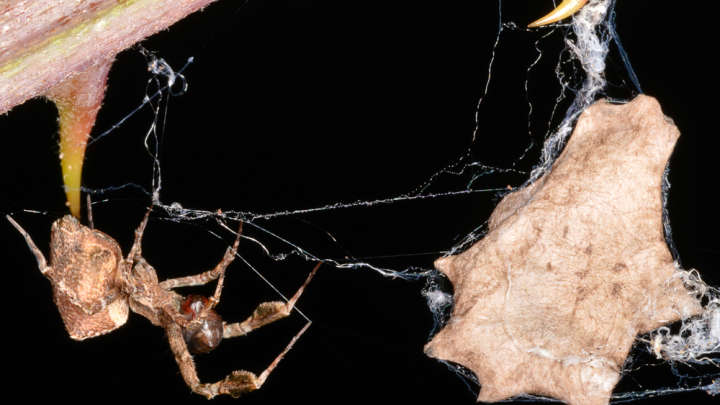The Pentagon’s cutting edge science department is working to create a therapeutic “shield” that could be mass produced to provide temporary protection for people from diseases like the coronavirus, boosting their immunity until an actual vaccine is developed. The result could also help slow the viruses’ advance, buying time for hard-pressed hospitals and clinics worldwide.
The Defense Advanced Research Projects Agency, or DARPA, has funded efforts to create such therapies from studying COVID-19 samples from individuals who have already recovered from the virus. Scientists working with the organization’s Pandemic Prevention Platform (PPP) are sequencing the B cells of one individual who recovered from COVID-19. B cells create antibodies, proteins created by the human immune system to fight a particular invading microorganism.
